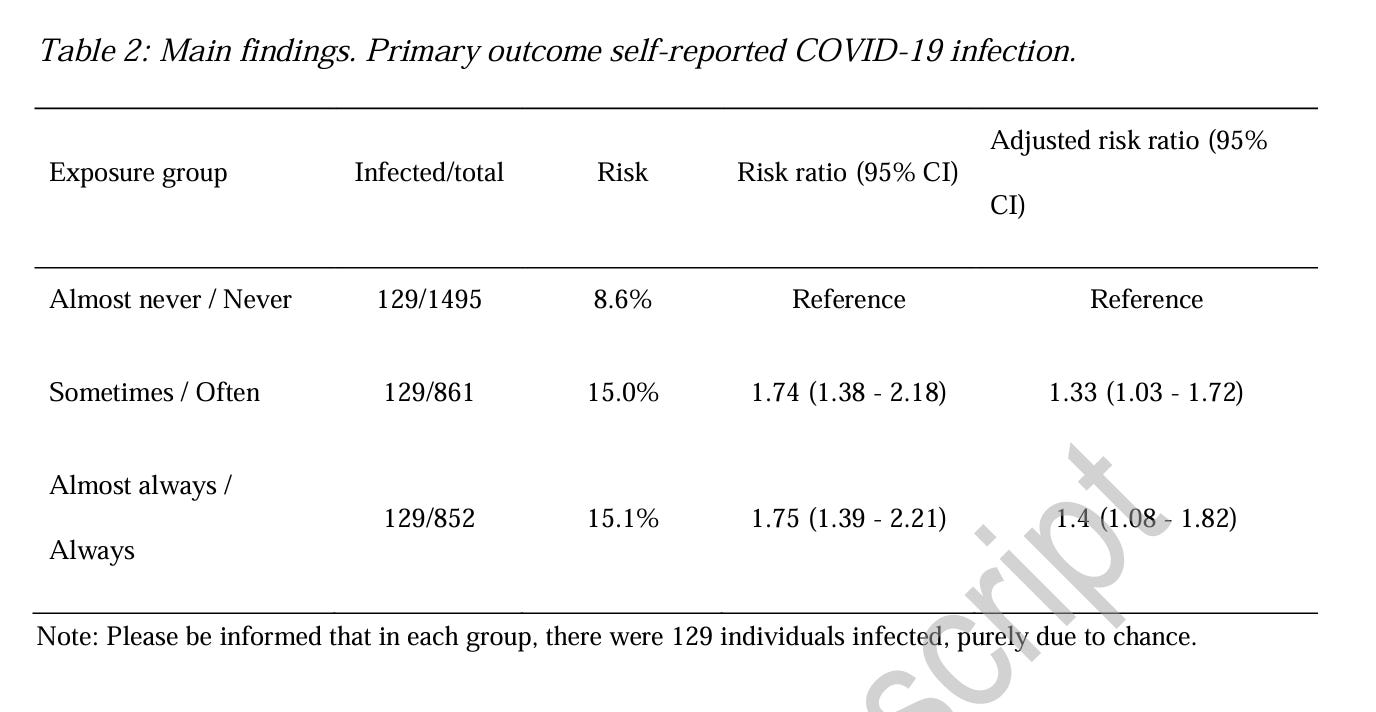A warm hello to all the reality-seekers! Welcome back to Rational Ground where we skip the gentle pleasanteries, cut through the nonsense, and wind our way toward the truth, guided solely by the unwavering beacon of facts.
Ever since the pandemic took the world hostage, facemasks have been as much a part of our daily wardrobe as socks. Applauded as the saviors of humanity, these simple pieces of fabric have become the leading characters in our collective struggle against COVID-19. Authorities around the globe urged us to mask up, but could it be that we've been barking up the wrong tree all along?
A recent study pulls back the curtain on the real deal with these veils. The surprisingly intriguing takeaway? People who reported wearing face masks 'often', 'sometimes', 'almost always', or 'always' had a substantially higher incidence of COVID-19 than those who used them 'never' or 'almost never'. Intriguingly, it wasn't a tiny bump up – we're talking about a whopping 33% to 40% increased occurrence. Talk about a plot twist!
But before we toss our masks aside, it’s key to understand that the increased incidence of infection among mask-wearers is likely influenced by unobservable and thus unadjustable differences between those wearing and not wearing a mask.
But we can conclude (again) - there is ZERO evidence that masks prevent transmission of respiratory disease and now some evidence that it made it worse.
We found that the incidence of self-reported 6 COVID-19 was 33% (aRR 1.33; 95% CI 1.03 - 1.72) higher in those wearing face masks 7 often or sometimes, and 40% (aRR 1.40; 95% CI 1.08 - 1.82) higher in those wearing face 8 masks almost always or always, compared to participants who reported wearing face masks 9 never or almost never.
More to add to the fire!





The masked were likely the most vaxxed too I would guess. So that negative efficacy comes into play.
Probably because those who didn’t mask didn’t test; Those who masked tested about fifteen times a day.